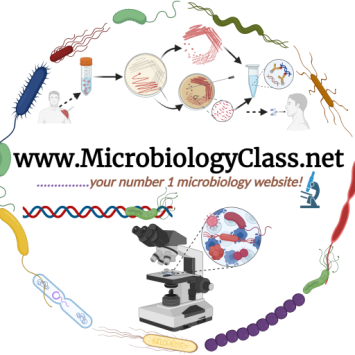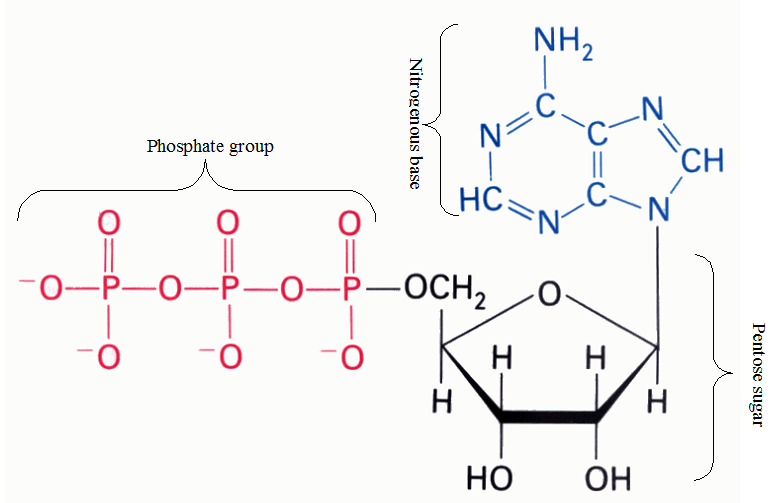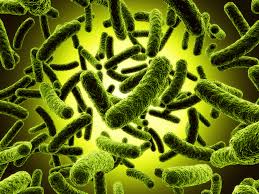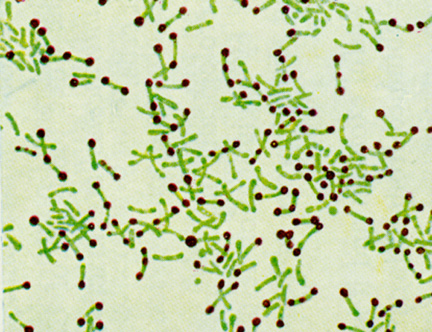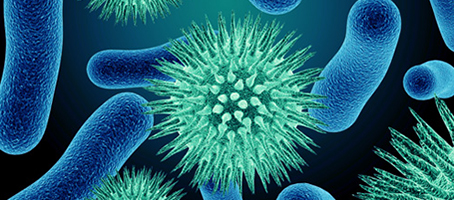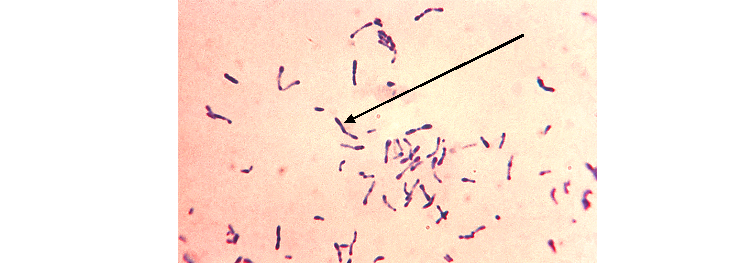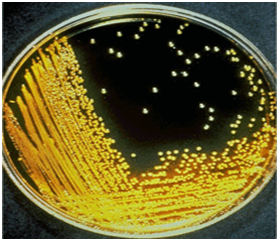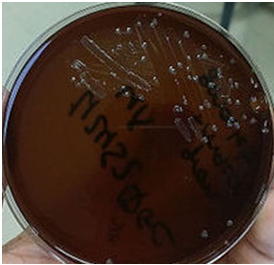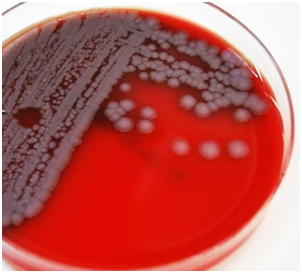PROTEIN STRUCTURE – types and function
Proteins are a group of polypeptides that form a molecule of specific biological function; and they comprises mainly of amino acid sequences that are held together by a special type of covalent bonds known as peptide bonds. They are macromolecules that consist of long chains of amino acids held together in structural forms known as […]
PROTEIN STRUCTURE – types and function Read More »
Biotechnology, Molecular Microbiology